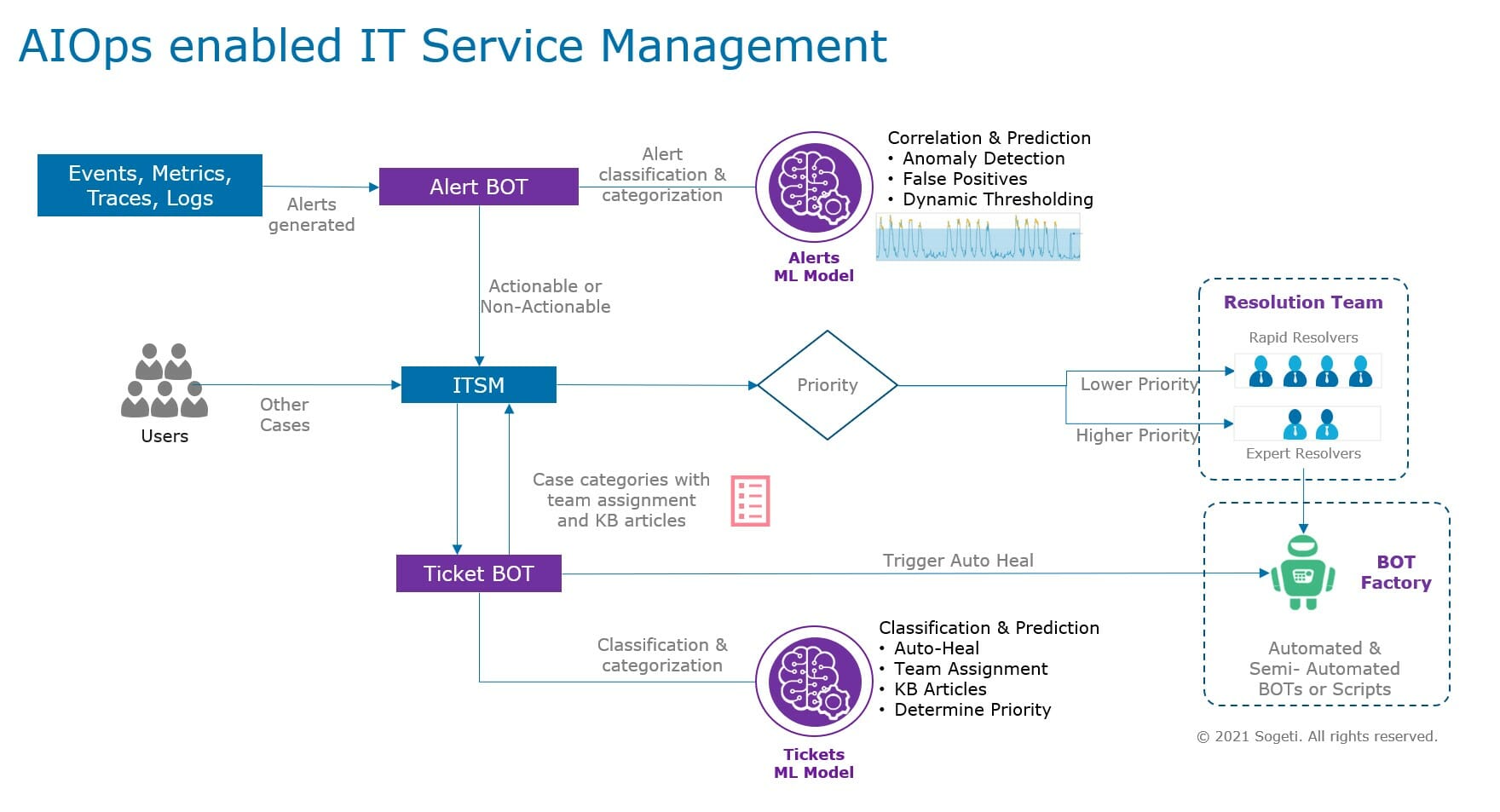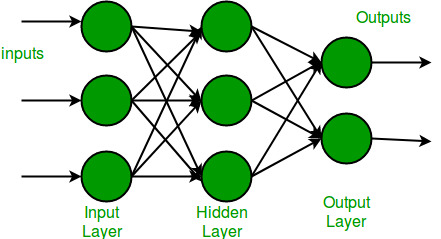
Amazon Sagemaker can be used to meet your business's needs. Sagemaker Autopilot, Sagemaker Notebooks or the Amazon Simple Storage (S3) can all be used. This article will give you an overview of Sagemaker's features, and show you how to make the most of them. You will also learn how Sagemaker Autopilot can be used to manage your data and schedule tasks. Sagemaker is an application that allows you to build custom software applications tailored for your business.
Amazon SageMaker
Amazon SageMaker, which is a cloud machine learning platform, was released in Nov 2017. The service helps developers create and train ML models, and then deploy them on edge devices and embedded systems. The platform is intended to take machine learning to the next stage and provide developers with a central tool for creating and training ML models. SageMaker provides a variety of features to make machine-learning development more efficient and flexible for developers.
SageMaker is able to create a notebook instance. It's a managed EC2 instances that runs Jupyter. A notebook instance can then connected to any AWS resource. Users can also change the ExecutionRole assigned to the notebook instance. SageMaker comes with support for more that ten environments. It also supports over 1400 packages. SageMaker makes a great choice when it comes to machine learning applications.

Amazon SageMaker Autopilot
Amazon SageMaker Autopilot allows you to automate data science in a simple and efficient way. The software generates a SageMaker Model out of candidate data. It also limits its running times and helps you generate invoices with minimal effort. You can even set up recurring tasks to run automatically on behalf of your company. SageMaker Autopilot has a built-in dashboard that allows you to view the status of your jobs. Log in to AWS to access the "Endpoints” pane.
Uploading your training data is the first step to automate data science projects. SageMakerAutopilot allows you create inference pipelines with just a few clicks. These pipelines may be used for both batch and real time inferences. It can also be used to create model explanations or visualizations. These are helpful for creating AI-models. This AI solution can be used in all AWS regions. It allows you to train your models quickly with the most precise data.
Amazon SageMaker Notebooks
Cloud computing services like Amazon SageMaker Notebooks make machine learning workflows easy to create and share. This service offers elastic compute and Jupyter notebooks that can be used to create and execute machine learning workflows. Developers were required to spin up Amazon SageMaker compute instances, copy their notebooks around, and manage the resulting data. This is no longer necessary.
You can create an instance Amazon SageMaker notebook within a VPC network to get started. This way, your notebook instances can access AWS resources on private IP addresses. Click on the instance's title to see if it is connected to a VPC network. Next, click Network to view its configuration details. It is important that the notebook be installed in a VPC. Otherwise, it won't work.

Amazon Simple Storage Service S3
SageMaker can be used to access files from S3 buckets by AWS-hosted applications. You will need to make sure that SageMaker has the right access rights and IAM policies for SageMaker. For more information, see SageMaker's documentation. Once you have all the permissions granted, you can import and connect to the boto3 Python library.
Multipart objects stored on S3 are typically uploaded in pieces and assembled in one single file. Reduce the impact of network problems by keeping part sizes small. To upload a single object, you should specify a region. This is a good choice if you want your files to be smaller. Otherwise, S3 storage bills can become excessively high. BitTorrent is a good option in such cases.
FAQ
Is Alexa an AI?
The answer is yes. But not quite yet.
Amazon's Alexa voice service is cloud-based. It allows users speak to interact with other devices.
First, the Echo smart speaker released Alexa technology. Other companies have since used similar technologies to create their own versions.
These include Google Home as well as Apple's Siri and Microsoft Cortana.
What is the most recent AI invention
Deep Learning is the newest AI invention. Deep learning is an artificial intelligence technique that uses neural networks (a type of machine learning) to perform tasks such as image recognition, speech recognition, language translation, and natural language processing. It was invented by Google in 2012.
Google was the latest to use deep learning to create a computer program that can write its own codes. This was done with "Google Brain", a neural system that was trained using massive amounts of data taken from YouTube videos.
This enabled it to learn how programs could be written for itself.
In 2015, IBM announced that they had created a computer program capable of creating music. Music creation is also performed using neural networks. These are called "neural network for music" (NN-FM).
Are there risks associated with AI use?
Of course. They always will. Some experts believe that AI poses significant threats to society as a whole. Others argue that AI is not only beneficial but also necessary to improve the quality of life.
AI's potential misuse is one of the main concerns. The potential for AI to become too powerful could result in dangerous outcomes. This includes things like autonomous weapons and robot overlords.
AI could also replace jobs. Many people are concerned that robots will replace human workers. Others believe that artificial intelligence may allow workers to concentrate on other aspects of the job.
Some economists even predict that automation will lead to higher productivity and lower unemployment.
Which countries lead the AI market and why?
China is the world's largest Artificial Intelligence market, with over $2 billion in revenue in 2018. China's AI market is led by Baidu. Tencent Holdings Ltd. Tencent Holdings Ltd. Huawei Technologies Co. Ltd. Xiaomi Technology Inc.
China's government is investing heavily in AI research and development. The Chinese government has set up several research centers dedicated to improving AI capabilities. The National Laboratory of Pattern Recognition is one of these centers. Another center is the State Key Lab of Virtual Reality Technology and Systems and the State Key Laboratory of Software Development Environment.
China is also home of some of China's largest companies, such as Baidu (Alibaba, Tencent), and Xiaomi. All these companies are actively working on developing their own AI solutions.
India is another country making progress in the field of AI and related technologies. India's government is currently focusing their efforts on creating an AI ecosystem.
Where did AI originate?
Artificial intelligence was established in 1950 when Alan Turing proposed a test for intelligent computers. He stated that intelligent machines could trick people into believing they are talking to another person.
The idea was later taken up by John McCarthy, who wrote an essay called "Can Machines Think?" in 1956. It was published in 1956.
What does AI look like today?
Artificial intelligence (AI), a general term, refers to machine learning, natural languages processing, robots, neural networks and expert systems. It is also called smart machines.
Alan Turing created the first computer program in 1950. His interest was in computers' ability to think. He proposed an artificial intelligence test in his paper, "Computing Machinery and Intelligence." The test asks if a computer program can carry on a conversation with a human.
John McCarthy, who introduced artificial intelligence in 1956, coined the term "artificial Intelligence" in his article "Artificial Intelligence".
We have many AI-based technology options today. Some are very simple and easy to use. Others are more complex. They can range from voice recognition software to self driving cars.
There are two major categories of AI: rule based and statistical. Rule-based relies on logic to make decision. To calculate a bank account balance, one could use rules such that if there are $10 or more, withdraw $5, and if not, deposit $1. Statistic uses statistics to make decision. For example, a weather prediction might use historical data in order to predict what the next step will be.
Who is leading today's AI market
Artificial Intelligence (AI) is an area of computer science that focuses on creating intelligent machines capable of performing tasks normally requiring human intelligence, such as speech recognition, translation, visual perception, natural language processing, reasoning, planning, learning, and decision-making.
Today, there are many different types of artificial intelligence technologies, including machine learning, neural networks, expert systems, evolutionary computing, genetic algorithms, fuzzy logic, rule-based systems, case-based reasoning, knowledge representation and ontology engineering, and agent technology.
There has been much debate over whether AI can understand human thoughts. However, recent advancements in deep learning have made it possible to create programs that can perform specific tasks very well.
Google's DeepMind unit in AI software development is today one of the top developers. Demis Hassabis founded it in 2010, having been previously the head for neuroscience at University College London. DeepMind, an organization that aims to match professional Go players, created AlphaGo.
Statistics
- According to the company's website, more than 800 financial firms use AlphaSense, including some Fortune 500 corporations. (builtin.com)
- A 2021 Pew Research survey revealed that 37 percent of respondents who are more concerned than excited about AI had concerns including job loss, privacy, and AI's potential to “surpass human skills.” (builtin.com)
- More than 70 percent of users claim they book trips on their phones, review travel tips, and research local landmarks and restaurants. (builtin.com)
- In 2019, AI adoption among large companies increased by 47% compared to 2018, according to the latest Artificial IntelligenceIndex report. (marsner.com)
- That's as many of us that have been in that AI space would say, it's about 70 or 80 percent of the work. (finra.org)
External Links
How To
How to create an AI program
Basic programming skills are required in order to build an AI program. There are many programming languages, but Python is our favorite. It's simple to learn and has lots of free resources online, such as YouTube videos and courses.
Here is a quick tutorial about how to create a basic project called "Hello World".
To begin, you will need to open another file. For Windows, press Ctrl+N; for Macs, Command+N.
Enter hello world into the box. Press Enter to save the file.
For the program to run, press F5
The program should display Hello World!
This is just the start. If you want to make a more advanced program, check out these tutorials.